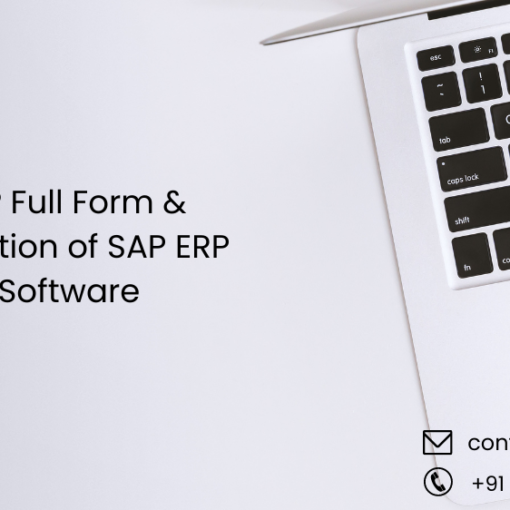Building custom SAP applications can be a complex and challenging task, but it can also be incredibly rewarding. With the right approach, you can create applications that meet the specific needs of your business and improve efficiency and productivity.

In this blog post, we will provide you with some tips for building custom SAP applications. We will cover everything from planning and design to development and testing.
Understanding the Basics of Custom SAP Applications
Before you start building a custom SAP application, it is important to have a solid understanding of the SAP platform. This includes the following:
- SAP ABAP: The core programming language for SAP applications.
- SAP UI5: A JavaScript library for building user interfaces.
- SAP Fiori: A design language for SAP applications.
- SAP NetWeaver: The underlying platform for SAP applications.
Once you have a good understanding of these basics, you can start planning and designing your custom application.
Planning and Design
The planning and design phase is crucial for the success of any custom SAP application. During this phase, you will define the scope of your application, identify the target users, and create a detailed design document.
Some key tips for planning and designing your custom SAP application include:
- Define the scope of your application: What are the specific business needs that your application will address?
- Identify the target users: Who will be using the application? What are their needs and expectations?
- Create a detailed design document: This document should outline the functionality of the application, the user interface, and the data model.
- Involve key stakeholders: Get input from all relevant stakeholders, including business users, IT professionals, and developers.
Development
Once you have a clear plan for your custom SAP application, you can start the development process. This involves writing the code, testing the application, and deploying it to production.
Some key tips for developing your custom SAP application include:
- Follow best practices: Use coding standards and best practices to ensure the quality of your code.
- Test thoroughly: Test your application thoroughly to identify and fix bugs.
- Use version control: Use a version control system to track changes to your code.
- Document your code: Write clear and concise comments in your code to help others understand it.
Testing
Testing is an essential part of the development process. It helps to ensure that your custom SAP application meets the requirements and works as expected.
There are different types of testing that you can perform, including:
- Unit testing: Test individual units of code.
- Integration testing: Test how different parts of the application work together.
- System testing: Test the entire application in a simulated production environment.
- User acceptance testing: Get feedback from end users to ensure that the application meets their needs.
Deployment
Once your custom SAP application has been tested and approved, you can deploy it to production. This involves moving the application to the production environment and making it available to users.
Some key tips for deploying your custom SAP application include:
- Create a deployment plan: Outline the steps involved in deploying the application.
- Perform backups: Create backups of your application and data before deployment.
- Monitor performance: Monitor the performance of the application in production.
- Provide support: Provide support to users of the application.
Additional Tips
In addition to the tips mentioned above, here are some additional tips for building custom SAP applications:
- Use a phased approach: Break down the development process into smaller phases to manage complexity.
- Leverage existing components: Reuse existing SAP components whenever possible to save time and effort.
- Consider cloud-based options: Explore cloud-based SAP options to reduce infrastructure costs.
- Stay up-to-date with SAP technology: Keep up with the latest SAP trends and technologies.
By following these tips, you can build high-quality custom SAP applications that meet the needs of your business.
YOU MAY LIKE THIS
Building custom SAP Fiori applications for improved sales efficiency




